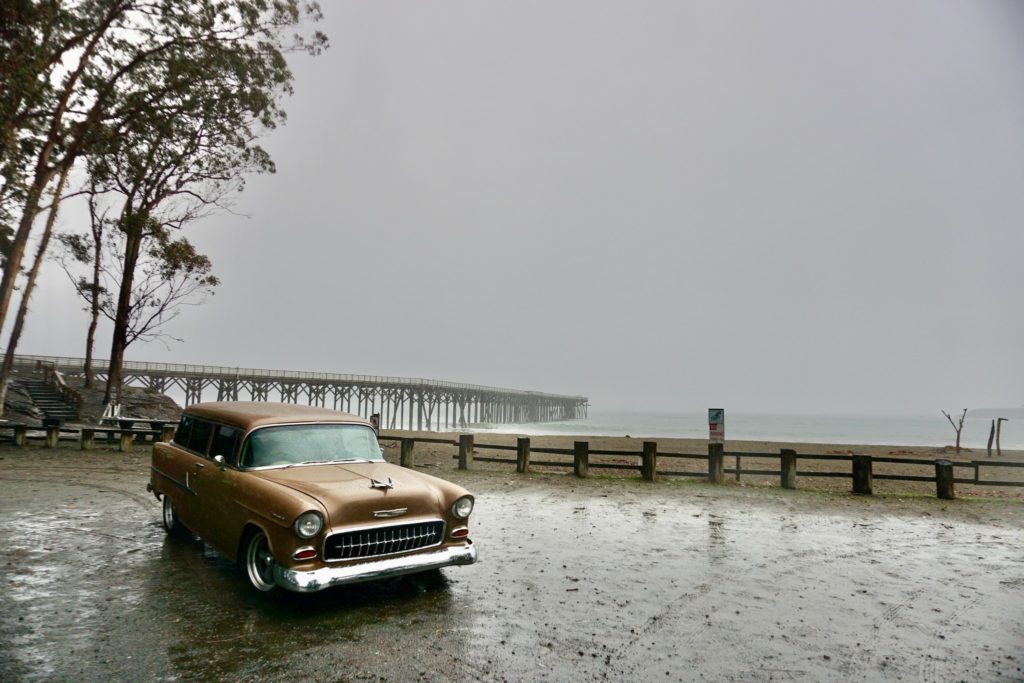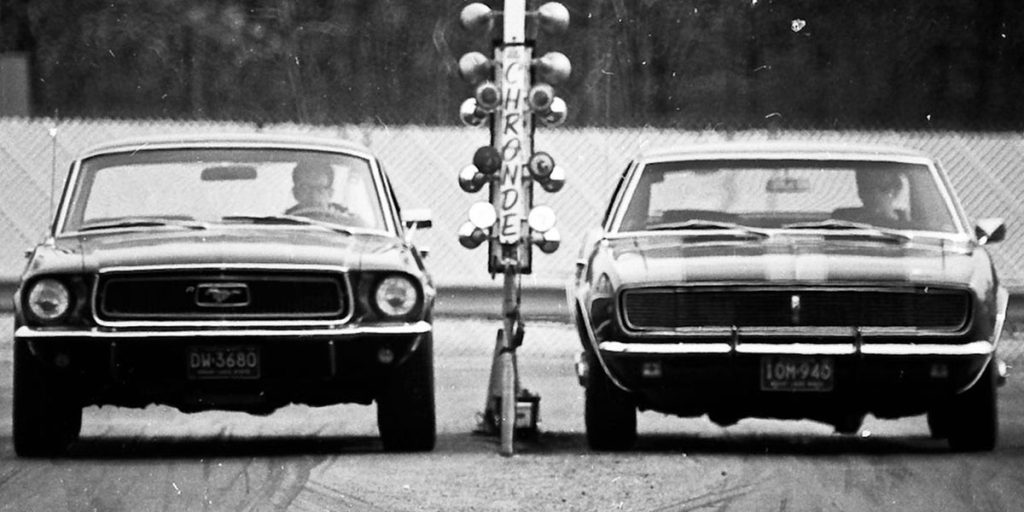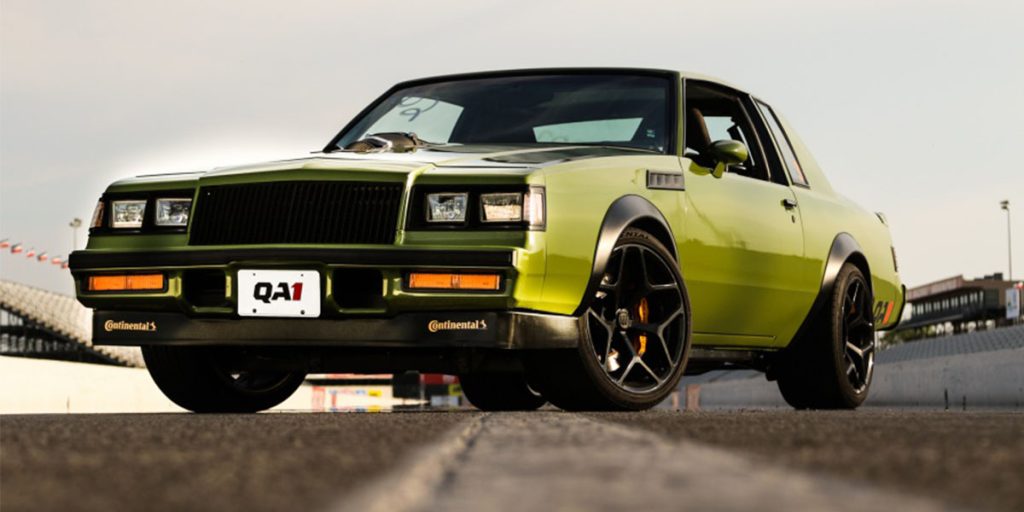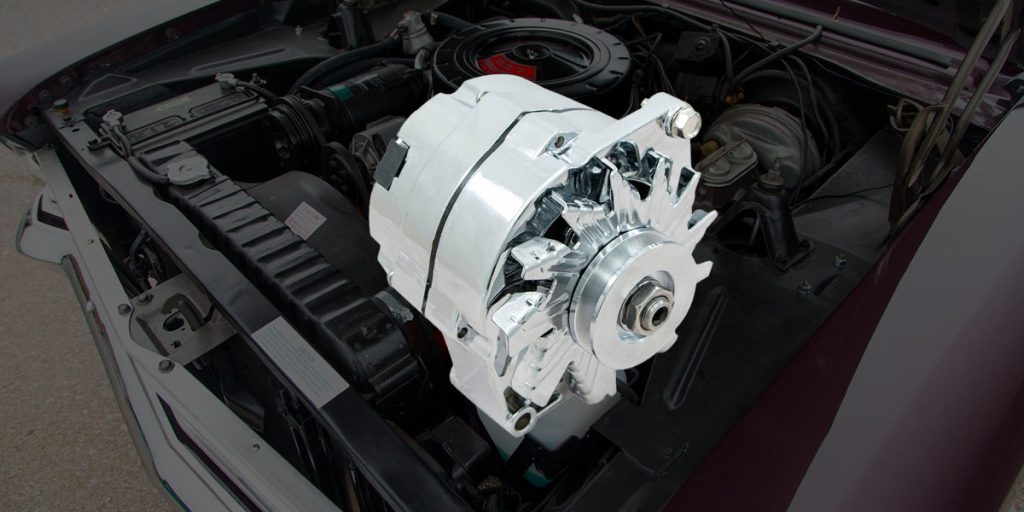Prepping To Be Road Ready This Cruising Season
Who’s ready to hit the road? Not us. We need to start prepping our classics for some cruising! When we were last talking about Top Drives In The USA For Your Classic, we came up with some pretty epic drives. But that got us thinking and we realized – our cars aren’t up to par for these drives. Here’s some tips and tricks to make sure you and your car are ready to hit those epic drives.
Car Type Matters
Not all classic cars are ideal for long-distance road trips. Just like modern vehicles, some classics are better suited for cruising highways, while others are more comfortable staying close to home. Before you hit the open road, take a realistic look at your car’s design, age, and intended purpose. Some classics were built tough and made for touring, while others are better left for short drives around town. Planning ahead can save you from learning the hard way, stranded on the side of the road.
Cooling System
Overheating is one of the fastest ways to ruin a road trip — or worse, your engine. Examine the radiator carefully. Shine a bright light through the cooling fins to look for any blockages or areas that might restrict airflow. Clean out any debris, bugs, or dirt buildup.
Inspect all cooling hoses for wear, soft spots, or leaks, and make sure the belts are in good shape with proper tension. Test the thermostat and radiator cap to ensure they’re working properly. If it’s been a while, flush the cooling system and refill it with fresh coolant. A small investment of time here can prevent major headaches later.
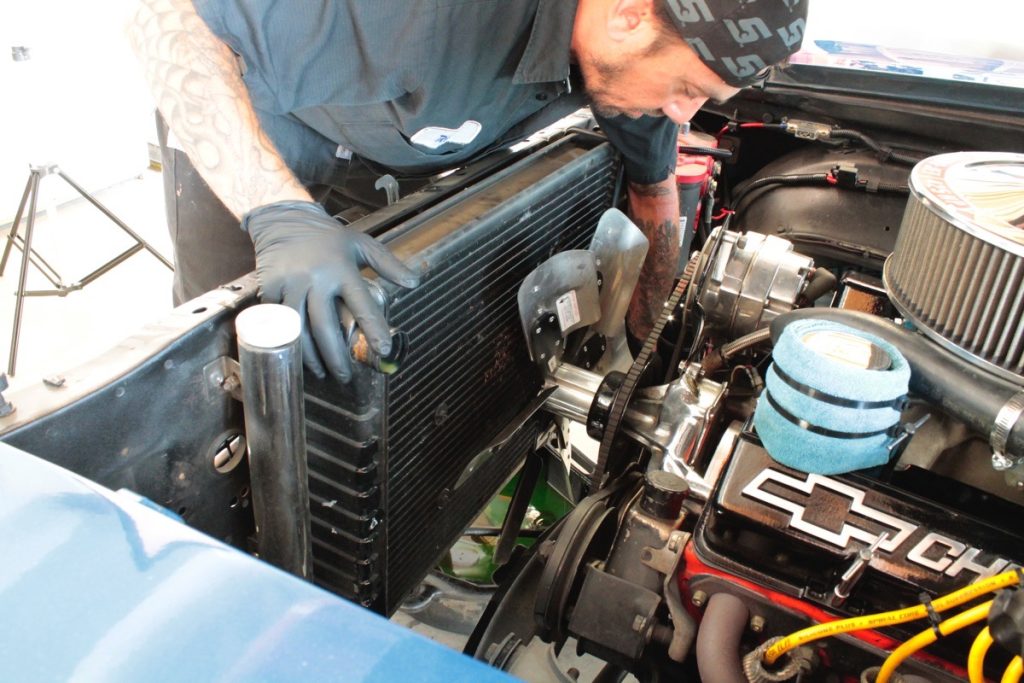
Wheels and Tires
A thorough inspection of your wheels and tires is extremely important before taking on any journey. Look closely for signs of damage such as dry rot, cracking, cuts, or bulges. Using a powerful flashlight helps illuminate both the sidewalls and the tread areas to spot hidden problems. Make sure the tread depth is sufficient and there’s no uneven wear. Don’t forget to inspect the valve stems; any cracks or dry rot there can cause sudden air loss.
Proper tire pressure is a must — underinflated or overinflated tires can lead to blowouts or poor handling. Check it with a reliable gauge. Also, give the wheels themselves a careful once-over. Look for any rust, cracks, or bends, especially around the bolt holes and rim edges. Tighten the lug nuts to the correct torque, and if you’re running wire wheels, check that the spokes are tight and intact. It’s smart to verify that your wheels are properly balanced too, for a smoother, safer ride.
Lastly, don’t overlook the spare tire. Inspect it just as carefully as your other tires and confirm you have all the necessary tools to change a tire — jack, lug wrench, and any special keys or parts. Test your jack before you leave. The side of the road is not the place you want to discover it doesn’t work!
Frame and Chassis
Take a close look at the frame and chassis. You’re looking for any signs of rust, cracks, or prior damage. Your car should sit level; if it’s sagging or leaning, your shocks, springs, or bushings may need attention. While you’re under there, inspect the motor mounts and steering components. Nothing should be loose, missing, or visibly bent. A solid foundation ensures your car handles properly and safely.
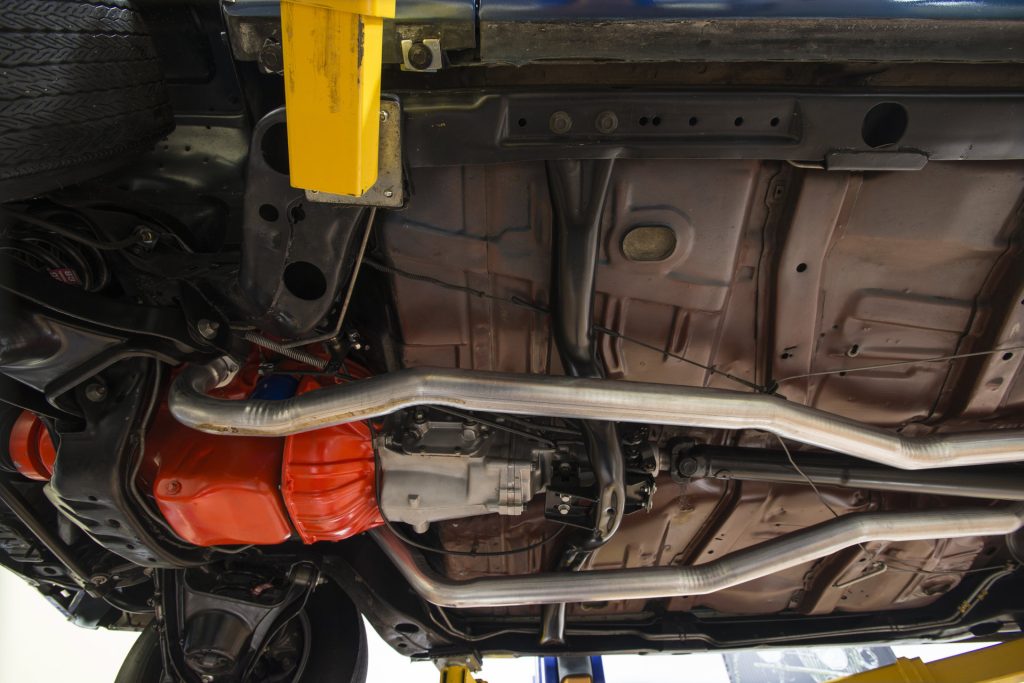
Braking System
Good brakes are non-negotiable. Start by checking the brake fluid level and topping it off if needed. Inspect the master cylinder for leaks, clogs, or other issues. Press down on the brake pedal; it should offer firm resistance. If it sinks to the floor or feels spongy, you have a serious problem that must be addressed before traveling.
Check that the parking brake engages and holds the car securely. Also, inspect the brake drums, rotors, and pads for wear. Finally, verify that your brake lights are fully functional — they’re not just for your safety, but for everyone else’s too.
Front End And Engine Bay
Pop the hood and give the entire engine bay a careful inspection. Check all your hoses for cracks or leaks and tighten any loose clamps or electrical connections. The battery should be clean and securely mounted, with tight, corrosion-free terminals.
It’s a good idea to give your car a basic tune-up if it hasn’t had one recently: fresh plugs, new filters, and perhaps even an oil change. A well-running engine will make a massive difference in how enjoyable and trouble-free your trip will be.
Lights and Mirrors
Visibility is crucial for safe driving, so check every light on the vehicle — headlights, tail lights, brake lights, parking lights, and turn signals. Replace any burned-out bulbs immediately. If your car didn’t come with turn signals originally (common on older classics), consider adding them for safety’s sake.
Inspect all mirrors for cracks and make sure they’re firmly mounted and properly adjusted. Good mirrors are important for highway driving and parking lot maneuvering alike.
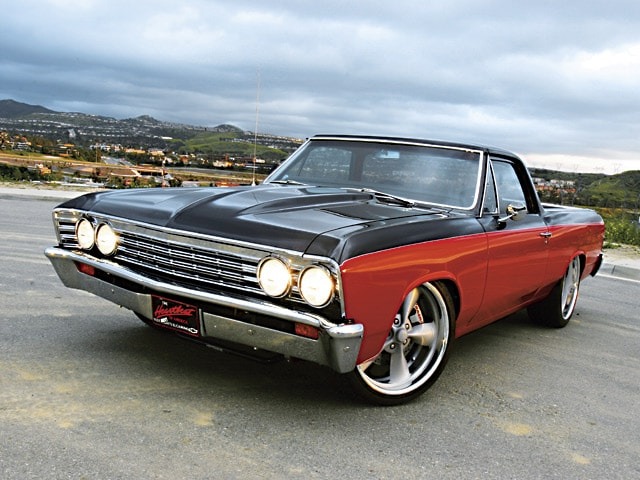
Final Checks
Give your car a complete once-over. Ensure there are no dangling wires, loose panels, or rattling parts. Doors should shut securely, seats should be tightly bolted down, and safety belts must be properly mounted. Take a few minutes to verify that all fasteners under the hood, inside the cabin, and under the car are tight.
A detailed inspection before you leave can turn a potential nightmare into a relaxing, enjoyable trip. A car that’s tight, clean, and mechanically sound not only drives better but gives you peace of mind — allowing you to focus on the journey, not worrying about making it to your destination.
If you need some parts to make sure your classic Chevy is up to par, hop on over to SS396.com or give our friendly techs a call at (203) 235-1200!

